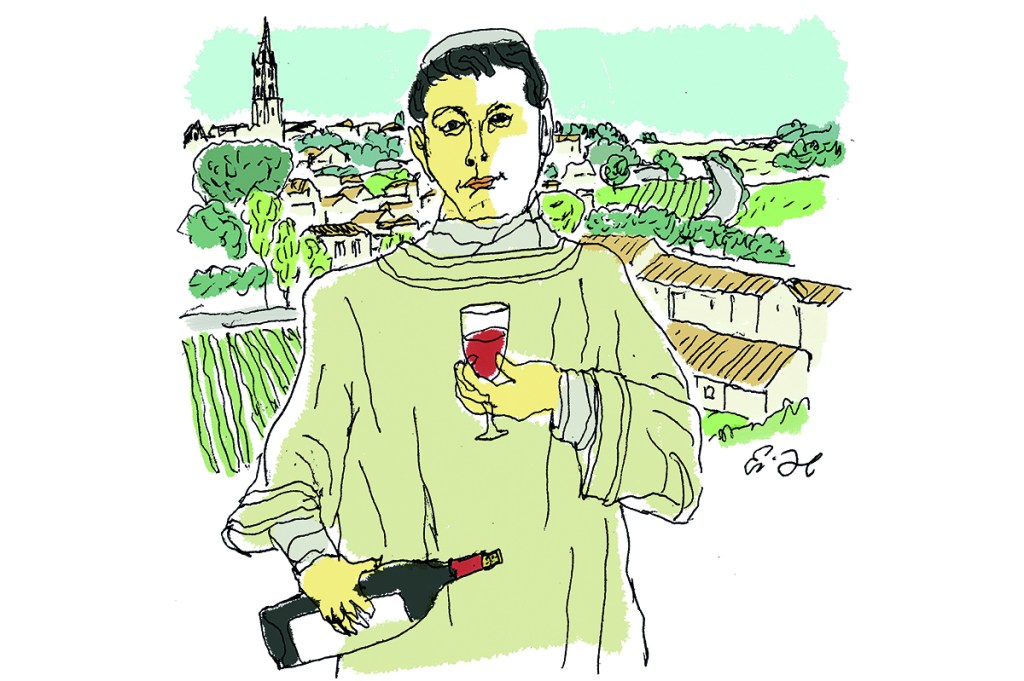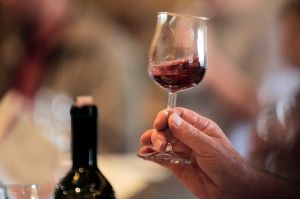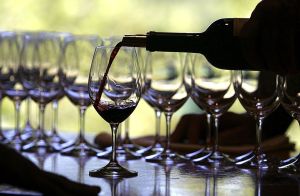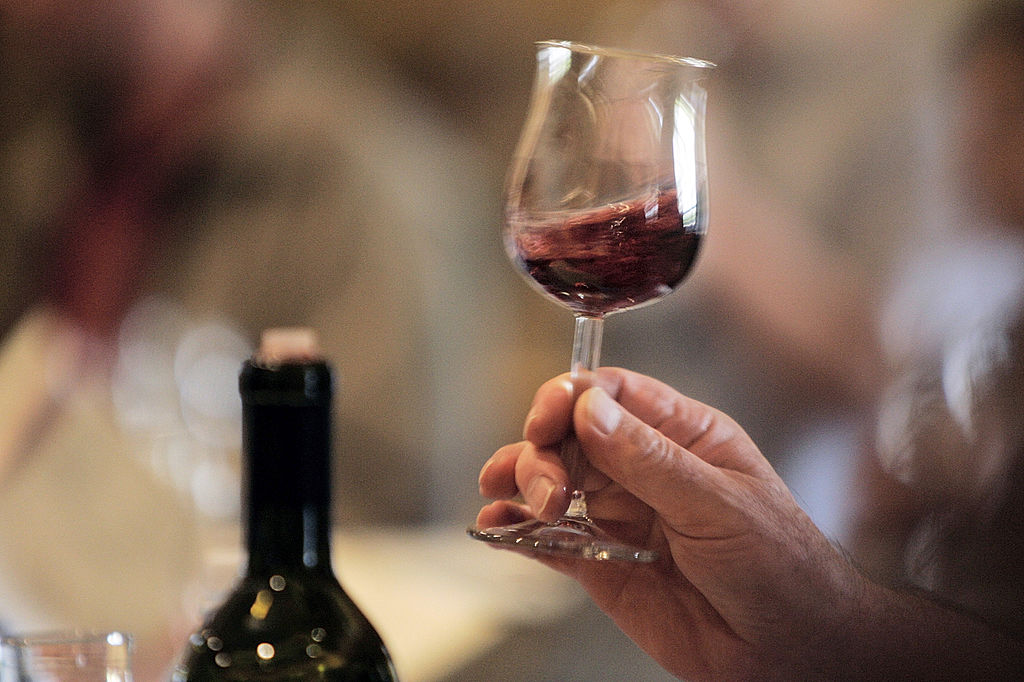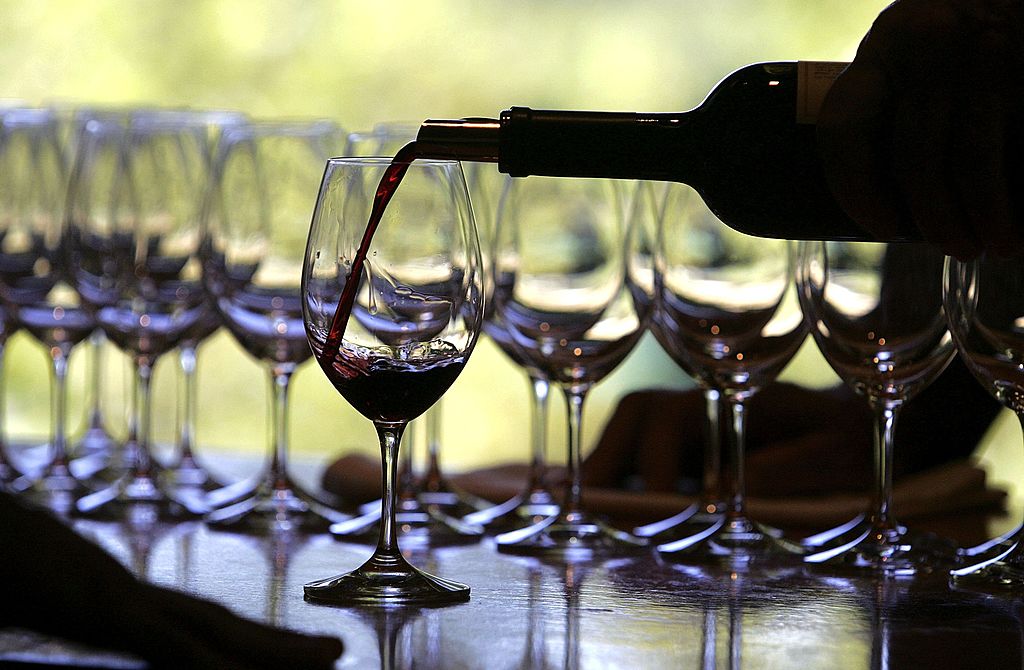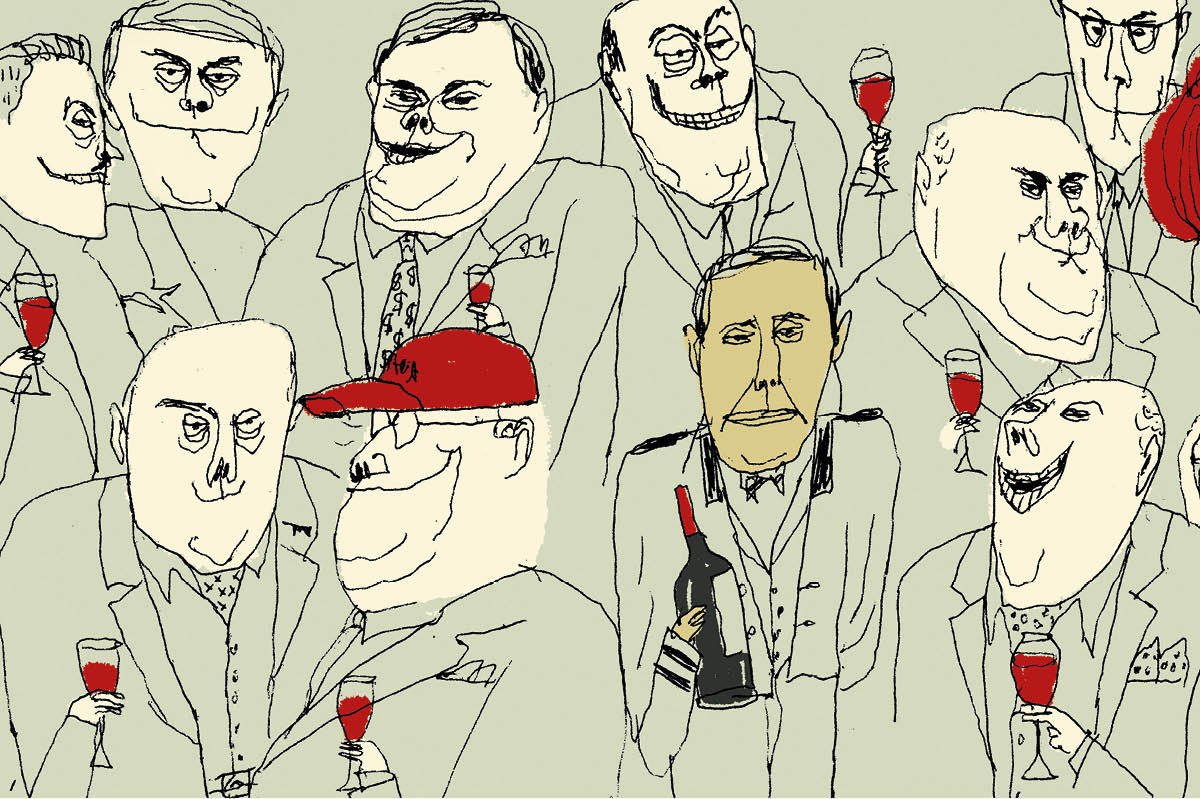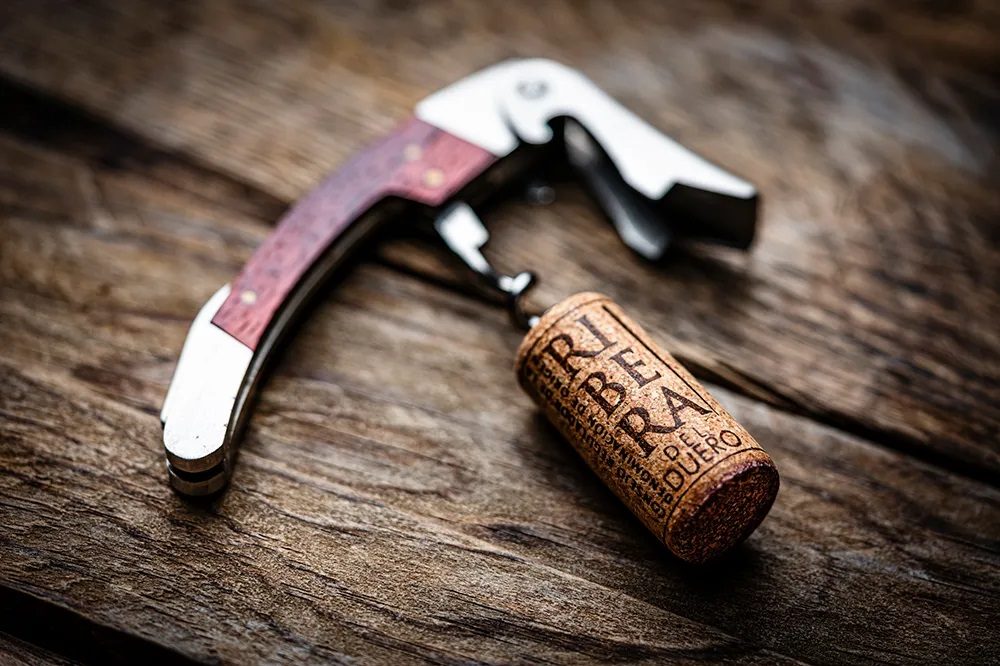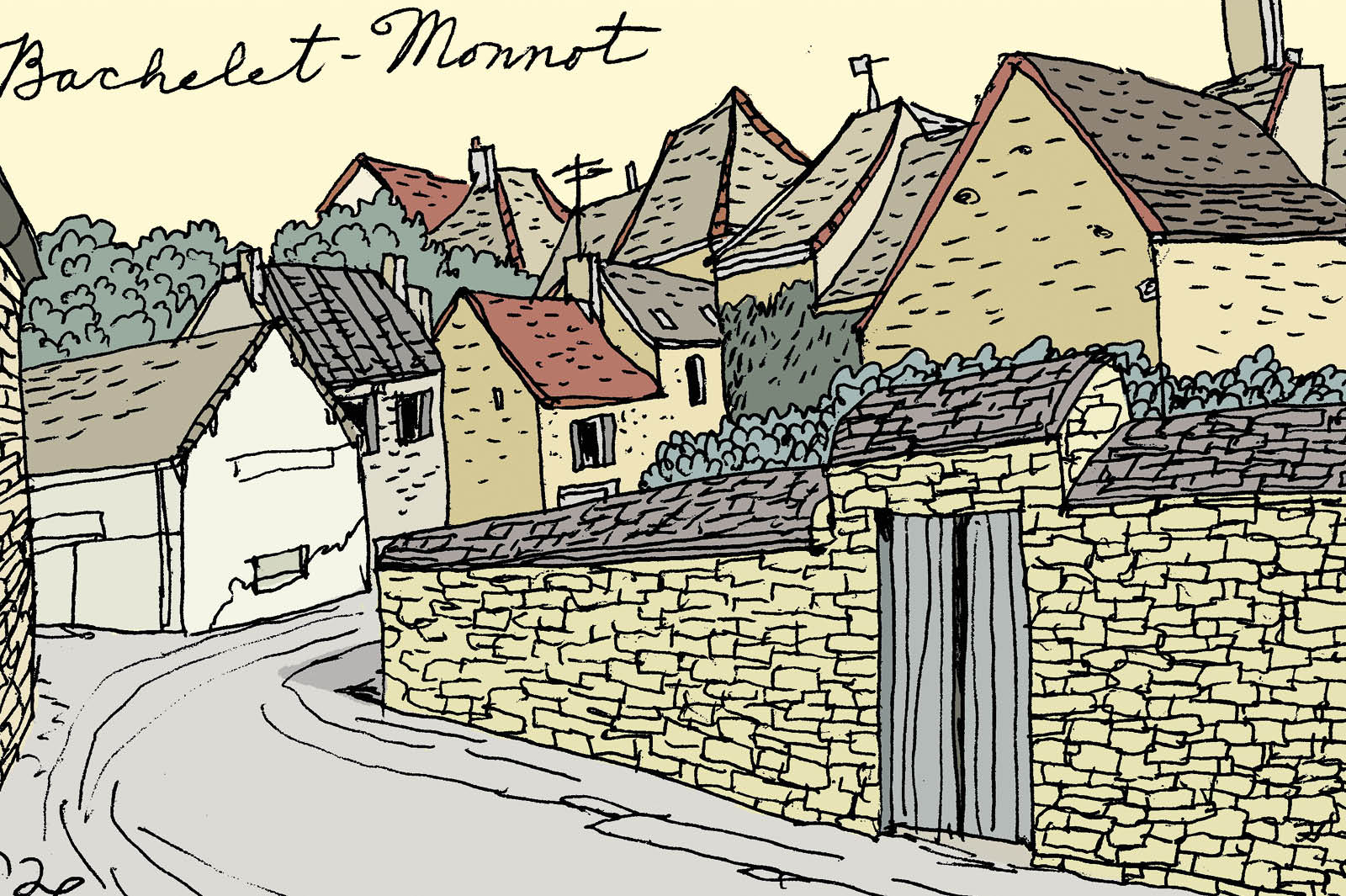Since you’ll likely be reading this with what Wallace Stevens called “a mind of winter” (needful “to regard the frost and the boughs of the pine trees crusted with snow;… to behold the junipers shagged with ice, the spruces rough in the distant glitter of the January sun”), I thought I would provide something warming to conjure with.
I am eventually going to get to one of the world’s most spectacular wines, Château Cheval Blanc, a premier grand crus classé from St. Emilion, but first let’s indulge in a bit of lore. A friend introduced me to Michael Foley’s Drinking with the Saints: The Sinner’s Guide to a Holy Happy Hour (Regnery), a Catholic-heavy but light-hearted topper’s fasti. It travels seriatim, January to December, through the feasts of the saints, and follows that up with consideration of the liturgical seasons (Advent, Christmas, Epiphany, etc.).
Have I quoted Hilaire Belloc’s ditty before in this column? I ought to have if I didn’t. The book features it as an epigraph and I offer it as a sort of motto or mission statement: “Wherever the Catholic sun doth shine, / There’s always laughter and good red wine. / At least I’ve always found it so. / Beneficium Domino!”
Foley opens his book with consideration of St. Émilion, the monk not the wine, though he gets to the wine in due course, whose feast day is January 7. (January 8 is the feast of Our Lady of Prompt Succor, who was said to have intervened on the side of the Americans in the Battle of New Orleans in 1815. I mention this merely because of “prompt succor,” of which I know we all often feel in need.)
St. Émilion died c. 767, and he did have something to do with wine in this right-bank region to the east of the Dordogne. But the area has been home to the fruit of the vine since at least since Roman times. Augustus absorbed the region into the empire in 27 BC. Ausonius (Fl. 330 AD) praised its bounty. But it really did not come into its own until the nineteenth century.
Today, St. Émilion is home to some of the most luscious and delectable red wines in Bordeaux, which means also some of the most luscious and delectable red wines in the world. They mature early, last a long time, and are softer and more feminine than their cousins from Médoc. Unlike wines from the Médoc to the West, St. Émilion tends to feature not Cabernet Sauvignon but Merlot and Cabernet Franc. Its wines were not included in the famous 1855 Bordeaux classification scheme. Another scheme was devised to rank the 800 or so vineyards that populate the area. At the tip-top are the baker’s dozen of “Premiers Grands Crus Classés.” At the very apex of that apogee are Cheval Blanc, which is tucked away next to Pomerol in the northwest and Château Ausone, which occupies a spot on the “côtes” or slopes to the southeast.
You’ll see lots of wines with the “grand cru” designation — Château Simard, for example, which is an attractive wine at an attractive price (about $35). The really good stuff, alas, is very dear. I’ve had one bottle of Château Ausone, a 2005, as I recall, but it was at the home of a generous and not impecunious friend. It must have set him back more than $1,000.
For my money — or, rather, for some generous friend’s — the very best St. Émilion is Château Cheval Blanc, the white horse. The 15-hectare estate was sold by the owner of Château Figeac — another superlative wine — in 1832. Its wines, about 60 percent Merlot, 40 percent Cabernet Franc, are legendary. I’ve had two bottles, one from 1961, which I drank in the late seventies, the other from 1983, which I consumed in the early 2000s. Moviegoers will recall the film Sideways (2004) features 1961 Cheval Blanc as a sort of holy grail. The protagonist, Miles Raymond (played by Paul Giamatti), finally gets a bottle, which he winds up drinking from a Styrofoam cup. I do not recommend it.
Curiously, throughout the film, Miles castigates Merlot as an inferior grape. Merlot was enjoying a fashion in the early 2000s. He also has a tart word or two for Cabernet Franc. As I noted, the cynosure of his desire, Cheval Blanc, is made from those two grapes. Was this an oversight on the part of the script writers? Or does it convey some deep irony or complication?
I would care to hazard a guess. I do hope, however, that I will have an opportunity to get outside another bottle or two (or several) as I wend my way home.
This article was originally published in The Spectator’s January 2023 World edition.



